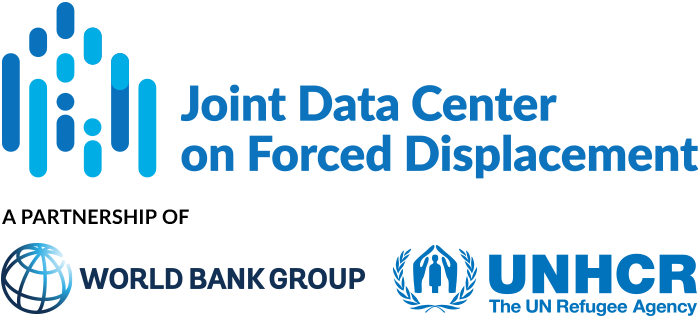Older refugees are often a neglected population, particularly when it comes to health. In Jordan, an estimated 77 percent of Syrian refugees over age 60 have specific needs related to mobility, nutrition and health care, and more than half suffer from psychological...
JDC Literature Review
Determinants of Mental Disorders in Syrian Refugees in Turkey Versus Internally Displaced Persons in Syria
This article compares the frequencies of some mental health disorders between Syrian refugees living in Turkey and IDPs in Syria, and identifies factors associated with posttraumatic stress disorder (PTSD) and major depressive disorder. The authors carried out a...
The Macro-Economic Impacts of Syrian Refugee Aid
This article describes a recent study of the macroeconomic impact of humanitarian assistance in response to the Syrian crisis, which finds significant positive impacts for economic growth and job creation in the region. The core response of the international community...
The Syrian Refugee Crisis in the Kurdish Region of Iraq: Explaining the Role of Borders in Situations of Forced Displacement
This article proposes a conceptual analysis of borders applied to the examination of forced displacement and its response from a receiving state, focusing on the case of more than 250,000 Syrian refugees in the Kurdistan Region of Iraq (KRI). The author argues that...
Does Aid Reduce Anti-refugee Violence? Evidence from Syrian Refugees in Lebanon
Lebanon, a country with a population of 4.5 million, has received more than a million refugees since the outbreak of the Syrian civil war in 2011. The majority of Syrian refugees live in individual accommodation in Lebanese towns. Existing theory and policy debates...
Blessing or burden? Impacts of refugees on businesses and the informal economy
The authors examine the impact of the sudden arrival of more than three million Syrian refugees on the behavior of firms in Turkey. This case is useful to investigate causal effects because: (a) the timing and scale of the refugee inflow were exogenous to economic...
Syrian Refugees: Thinking Beyond Gender Stereotypes
The dominant gender narratives among NGOs responding to the Syrian refugee crisis are based on simplistic notions of the ‘traditional’ Syrian household and power dynamics. NGOs typically focus on deviations from ‘traditional’ gender roles once refugees are...
Persistence and Change in Marriage Practices Among Syrian Refugees in Jordan
This paper examines changes in marriage practices among Syrian refugees in Jordan, including age at marriage and early marriage. The analysis is based on nationally representative survey data from Jordan in 2016 (JLMPS) and Syria in 2009 (PAPFAM), as well as...
Making Sense of Child, Early and Forced Marriage among Syrian Refugee Girls: A Mixed Methods Study in Lebanon
Although child marriage did occur in Syria before the war (13 percent of girls under 18 married in 2006), forced displacement appears to have increased its prevalence (around 35 percent of Syrian refugee girls/women married before the age of 18). Using a mixed methods...
Marriage and Fertility Patterns among Jordanians and Syrian Refugees in Jordan
This paper examines changes in marriage and fertility outcomes among Jordanians and Syrian refugees in Jordan. The analysis is based on the Jordan Labor Market Panel Surveys (JLMPS) of 2010 and 2016. Where possible, the authors compare outcomes for Syrian refugees in...


